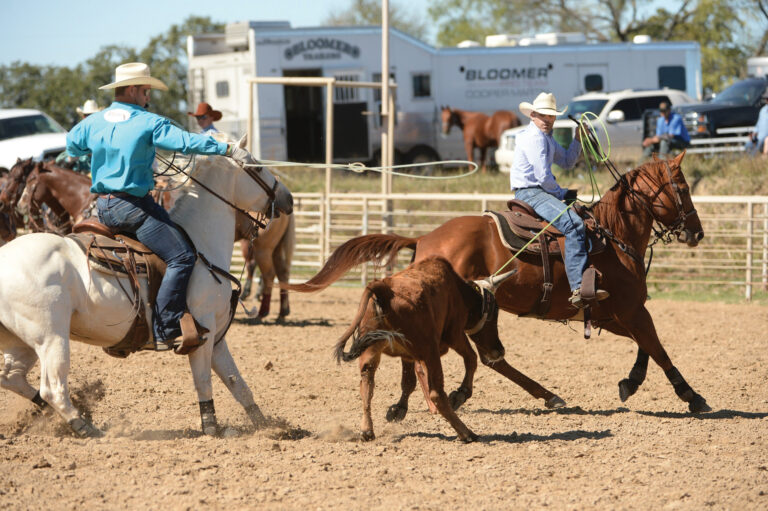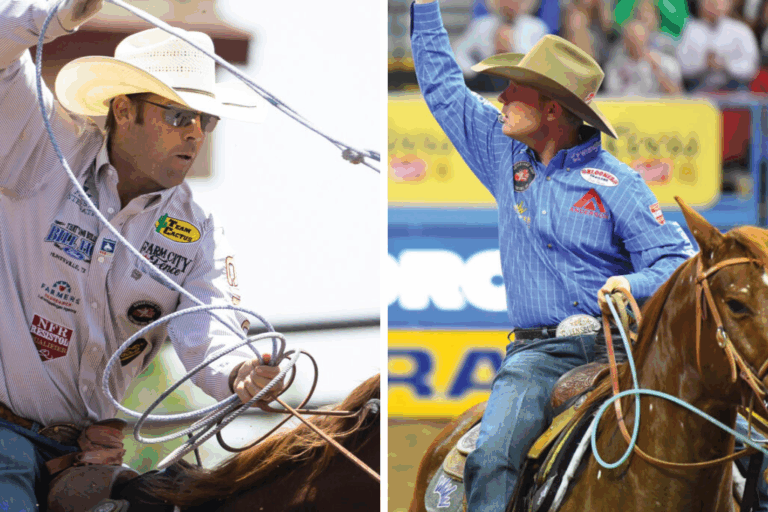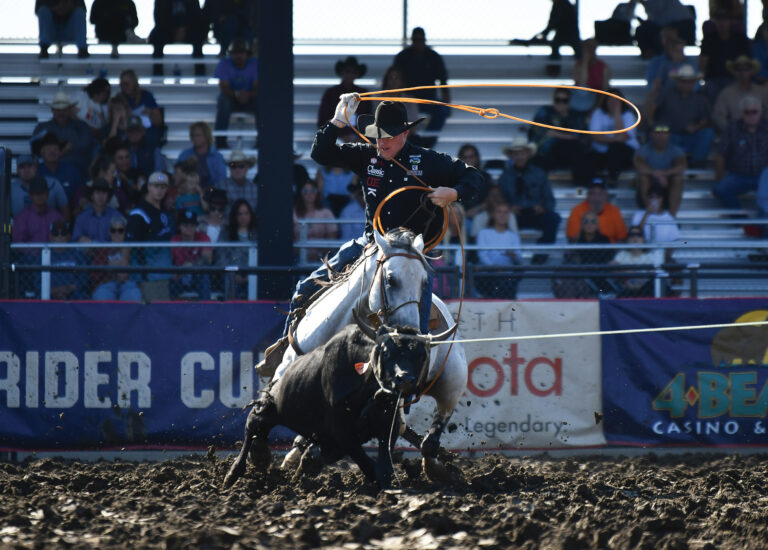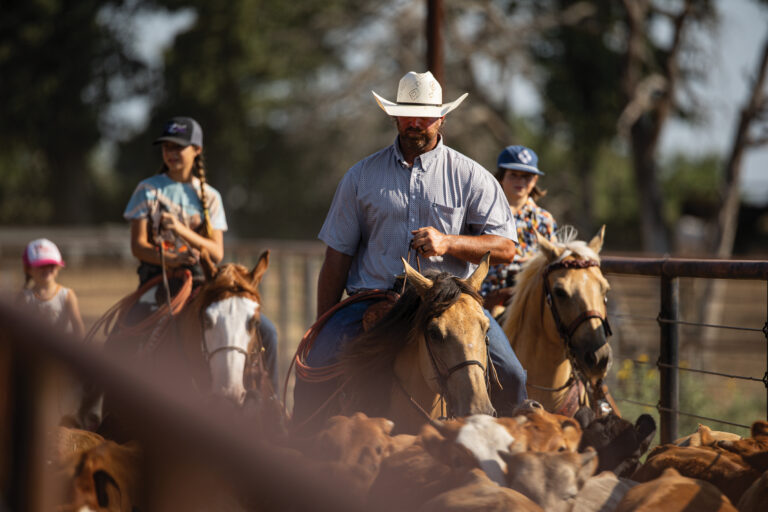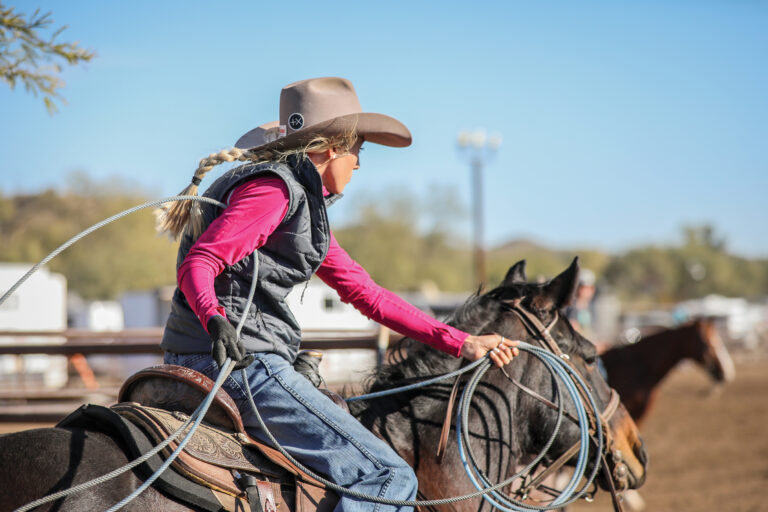J.C. Yeahquo uses this bit on just about all the head horses he trains, and some heel horses, too. He says he likes its weight and the gag action, so a touch of the reins will get a reaction. Plus, it encourages them to break at the poll.
“Almost all my green horses, the first or second jackpot they go to, I take them in this,” Yeahquo said. “There are not really any hard spots in that bridle where you can get really aggressive with one. That way it’s one less thing for a horse to get excited about.”
[The Short Score: Fourth of July with the Yeahquos]
He rides it in split reins or roping reins, focusing on getting horses soft in the bridle, and with or without a curb strap, depending on a horse’s sensitivity. If a horse is softer or gets scared easily, he’ll drop the headstall a few holes so the gagging motion isn’t fully used. On the flip side, a horse that’s strong in the bridle will wear it with a wrinkle or two in their lip, so the full gagging motion is used.
“It’s great for getting them to face because, as you’re moving them across the pen, you put your foot in them and pick up with the reins at the same time,” Yeahquo said. “It gets their head up but they’re broke at the poll and come back to you and kick their butt through.”
Who made J.C. Yeahquo’s heavy chain gag bit?
Jerry Braziel; inspired by a Steve Orth bit.
Mouthpiece Magic
“I like the chain mouthpiece because everything will get along with it,” Yeahquo said. “It moves well and it doesn’t have any catchy spots in it.” TRJ
[READ MORE: Chains, Ports and Gags: Trevor Brazile’s Bit Theory]





